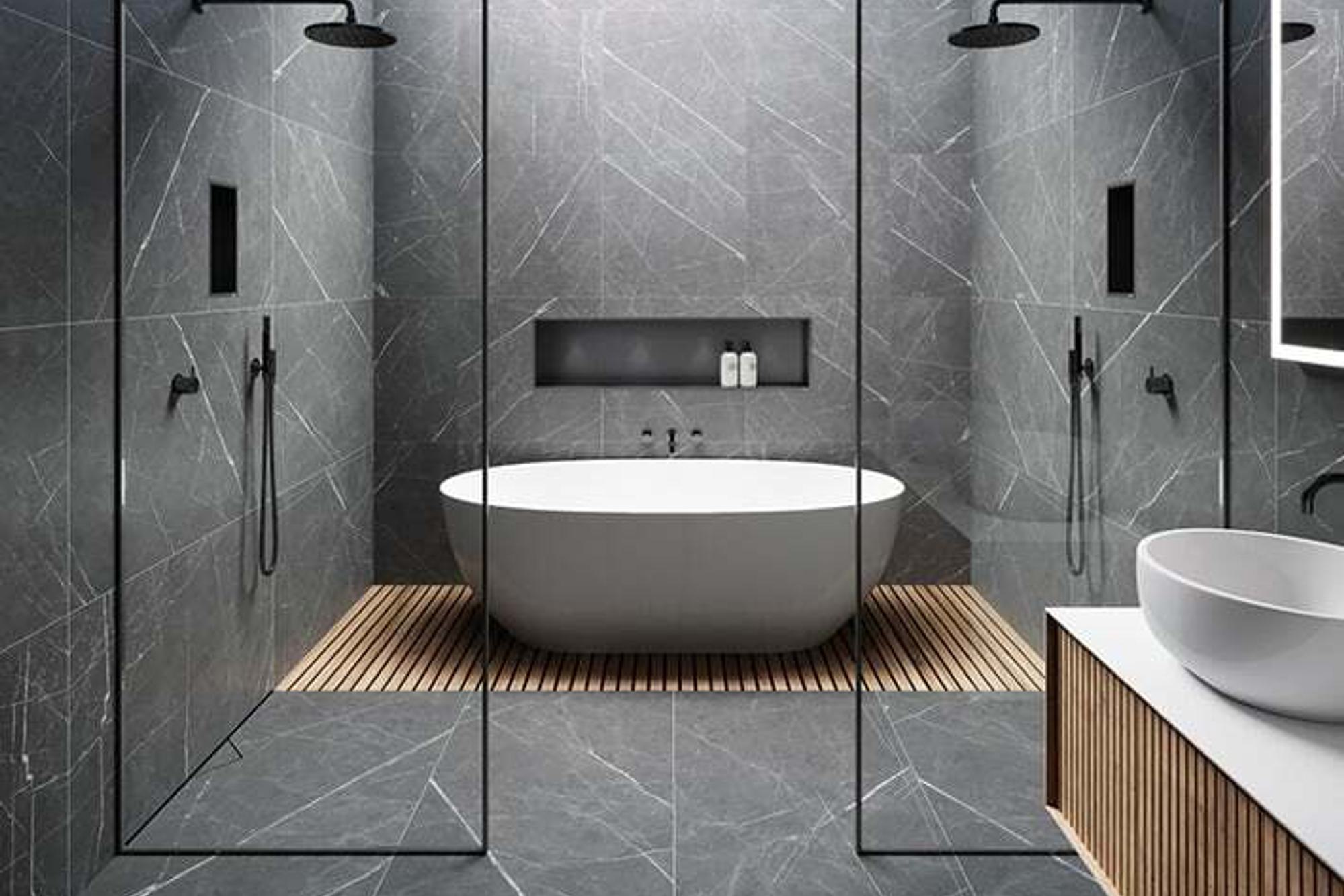Imagine yourself sitting in a wheelchair, travelling to the nearest shopping mall, realising there are only stairs to the entrance. What about a visually impaired trying to take a public elevator realising there is no braille on the buttons or a voice indicator. Have you ever thought about the struggles people face in an environment that lacks accessibility? Now you must be wondering what exactly accessibility is.
 Ramps are blended in with stairs for physically disabled people to go down easily
Ramps are blended in with stairs for physically disabled people to go down easily
Accessibility also referred to as universal design. It ensures the built environment not only caters to the disabled or those with reduced mobility but to people of all ages and abilities performing daily activities or basic tasks without any assistance.
However, most conceptions towards disability and accessibility are limited. These conceptions usually only include physically disabled people such as wheelchair users. Throughout the years, accessibility in environments has gained a higher level of attention and has become one of the most important architectural considerations. Even though there is still a lack of well-made and well-designed options.
Accessibility in architecture does not only tackle problems faced by people with disabilities or mobility issues. Firstly, it allows more security and physical integrity to the people in order to enjoy the spaces without limitations. Secondly, help individuals with mental and physical disabilities love or access spaces without restrictions. Thirdly, help those unable to pursue education, employment, and recreational opportunities due to the environmental boundaries they are being discriminated against.
As the ageing population increases rapidly around the world, the desire to age in place has drastically increased instead of moving to a facility. More people are looking for homes that are best suited to each of their mobility issues such as even flooring, lack of stairs, and an open space. By adapting to their needs and giving independent housing to disabled people, there will be a reduction in risks of injuries at home and the need for people to be taken into care homes. Here are some examples of incorporating accessibility in buildings.
Enabling Village
 A accessible space for people of all disabilities to move independently ©enablingvillage | https://enablingvillage.sg/universal-design/
A accessible space for people of all disabilities to move independently ©enablingvillage | https://enablingvillage.sg/universal-design/
Enabling Village, located in Singapore, is both a community and space for people with different abilities to move independently. It is created for people with disabilities and provides accessible retail, residences and training for the disabled. The picture above shows the inner courtyard that was redesigned to have ramps with gentle gradients for wheelchairs and motorised scooters.
Laurent House
 The interior of the Laurents house that is specially design for a wheelchair user
The interior of the Laurents house that is specially design for a wheelchair user
©architectmagazine | https://www.architectmagazine.com/design/frank-lloyd-wrights-laurent-house-opens-as-museum-in-june_o
Laurent house was the only house that Frank Lloyd Wright designed for a physically disabled person. He designed the house that provides the wheelchair user to move freely throughout the property and do basic tasks without any assistance. Such as reaching for doorknobs and light switches. Cabinets were specially built for easy reach into the cavities. All furniture are also designed at a lower height
Glasgow's Hazelwood School
 A student trying to navigate his way with the help of the cork-clad trial rail wall
A student trying to navigate his way with the help of the cork-clad trial rail wall
©architizer | https://architizer.com/projects/hazelwood-school/
Glasgow’s Hazelwood School was designed for children and young people aged 2 to 18 who are deaf and blind. It provides them with the same educational resources as their peers. Alan Dunlop, an architect, designed a space with a cork-clad trial rail wall to guide students around the school. This not only gives them independence but also provides them with a safe and secure place for education.
Even though the demand for accessibility design in architecture has been growing rapidly. There is still a need to increase the awareness of accessibility, especially among the young and disabled people who desire to be an architect. As there is still so much more that can be done to make the environment accessible to all.



